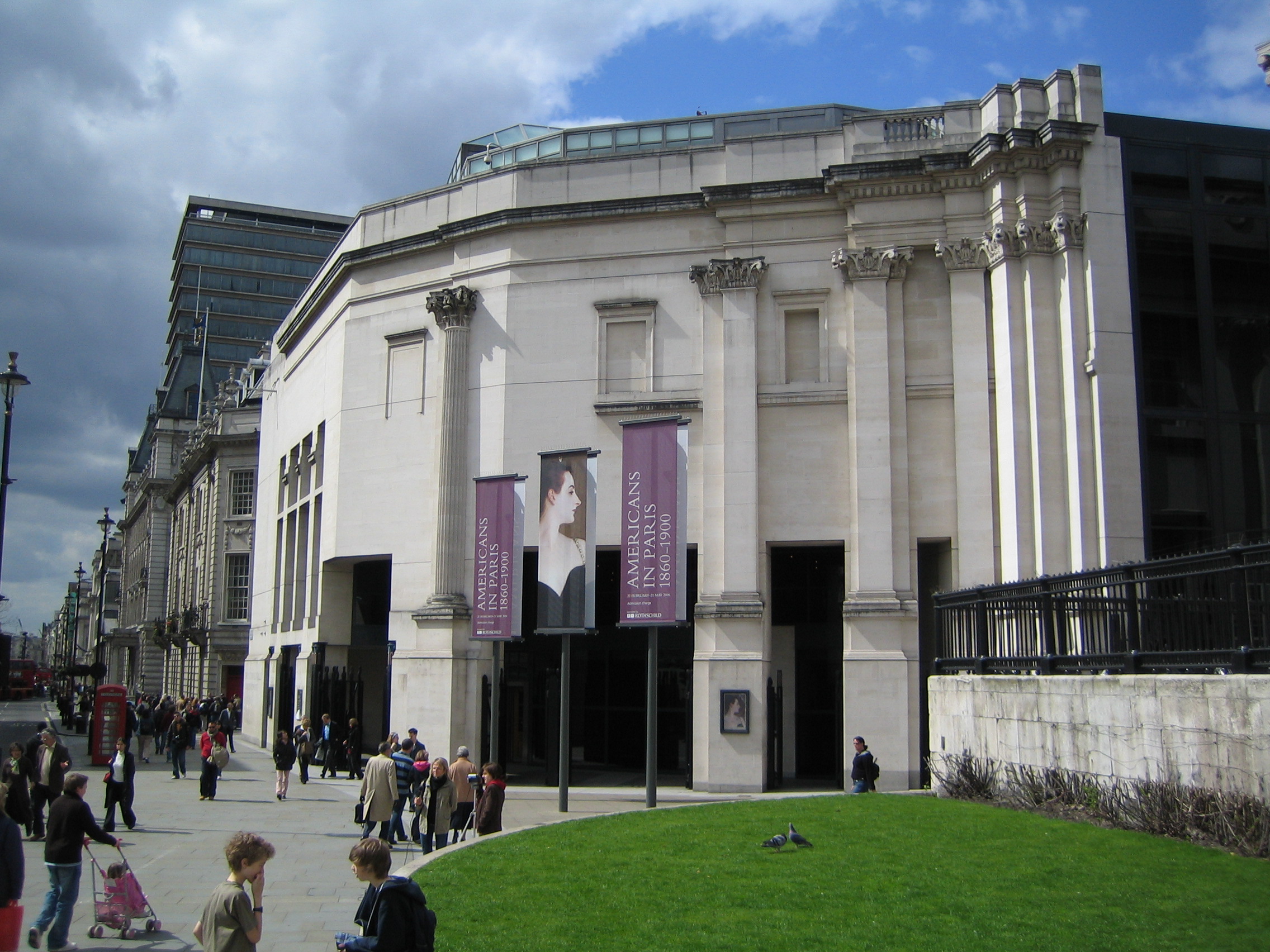Denise Scott Brown, Hon. FAIA, and Robert Venturi, FAIA, were announced the winners of the 2016 AIA Gold Medal Award.
The award, voted on by the AIA’s Board of Directors, is the highest award the association can offer to an architect, and it “acknowledges a significant body of work that has had a lasting influence on the theory and practice of architecture,” according to a statement.
Scott Brown and Venturi, a team that has been married since 1967, have influenced up-and-coming architects over the years through their built work and writings.
Some notable projects that their firm, VSBA Architects and Planners, have worked on are the Museum of Contemporary Art in San Diego, the The Sainsbury Wing of the National Gallery in London, the Provincial Capital Building in Toulouse, France, the Seattle Art Museum, and buildings for several universities, including Brown, Ohio State, and Yale.
Venturi wrote the book Complexity and Contradiction in Architecture in 1966, and worked with Scott Brown and architect Steven Izenour on Learning from Las Vegas in 1972. The pair also wrote Architecture as Signs and Systems: for a Mannerist Time in 2004.
“This recognition will resonate with generations of architects,” 2015 AIA President Elizabeth Chu Richter, FAIA, said in a statement. “What Denise and Bob have done for the profession far exceeds the completion of a great building or two. Through a lifetime of inseparable collaboration, they changed the way we look at buildings and cities. Anything that is great in architecture today has been influenced in one way or another by their work."
The duo has won 17 state and local AIA awards and nine national AIA awards. In 1991, Venturi won the Pritzker Architecture Prize but Scott Brown was excluded; they sought to have Scott Brown honored retroactively in 2013. They will receive the 2016 Gold Medal at the AIA convention in Philadelphia in May.
Related Stories
Building Team | Feb 24, 2015
Call for entries: 2015 Giants 300 survey
The annual Giants 300 Report ranks the top AEC firms in commercial construction, by revenue.
Industrial Facilities | Feb 24, 2015
Starchitecture meets agriculture: OMA unveils design for Kentucky community farming facility
The $460 million Food Port project will define a new model for the relationship between consumer and producer.
University Buildings | Feb 23, 2015
Future-proofing educational institutions: 5 trends to consider
In response to rapidly changing conditions in K-12 and higher education, institutions and school districts should consider these five trends to ensure a productive, educated future.
Office Buildings | Feb 23, 2015
The importance of quiet and the consequences of distraction
Recent work style studies show that the average knowledge worker spends 25-35% of their time doing heads-down focused work. Once thrown off track, it can take some 23 minutes for a worker to return to the original task.
Modular Building | Feb 23, 2015
Edge construction: The future of modular
Can innovative project delivery methods, namely modular construction, bring down costs and offer a solution for housing in urban markets? FXFOWLE’s David Wallance discusses the possibilities for modular.
| Feb 23, 2015
6 trends changing the way city dwellers live
Across the cultural grid, from food to retail to transportation, America's urban areas are already undergoing a major metamorphosis. Here are the six major trends shaping our cities, from Fast Company.
Green | Feb 23, 2015
State of the green union, and the next big shift in sustainability
The history of the green movement offers cues that we are on the precipice of another significant shift in the green union.
| Feb 23, 2015
Where are the iconic green buildings?
What does a green building look like? How would you know one if you saw one? Maybe a trivial question to some, but of great interest to architects, designers, and other members of the Building Team as the rapid evolution of sustainable buildings continues apace.
Sports and Recreational Facilities | Feb 21, 2015
Pumped-up recreation centers help build body, mind, and spirit
Adopting facility layouts from Asian and European models, today’s sports and recreational buildings are becoming social hubs that accommodate a variety of community needs.
University Buildings | Feb 20, 2015
Penn strengthens campus security by reviving its surrounding neighborhood
In 1996, the University of Pennsylvania’s sprawling campus in Philadelphia was in the grip of an unprecedented crime wave. But instead of walling themselves off from their surrounding neighborhoods, the school decided to support the community.















